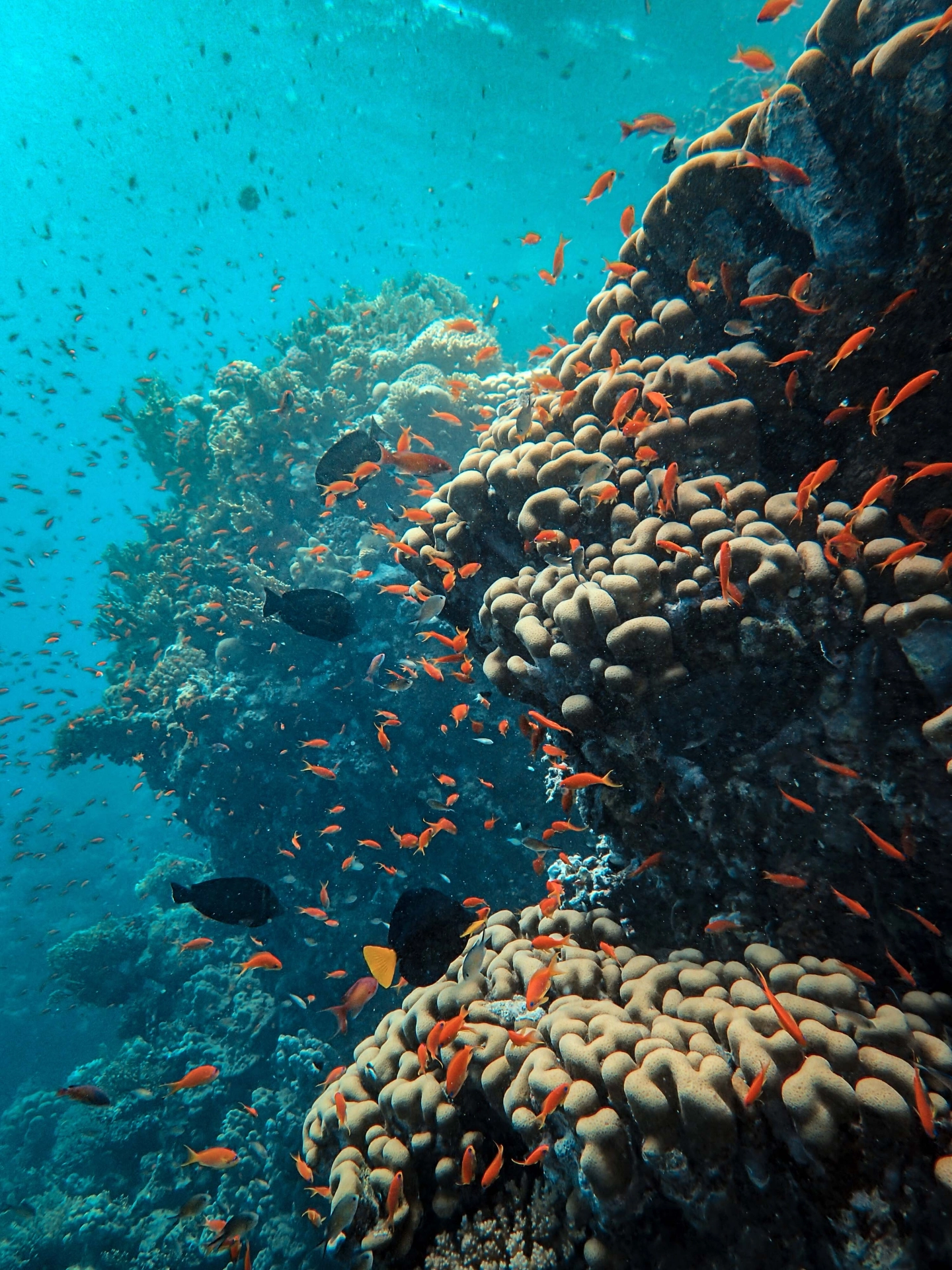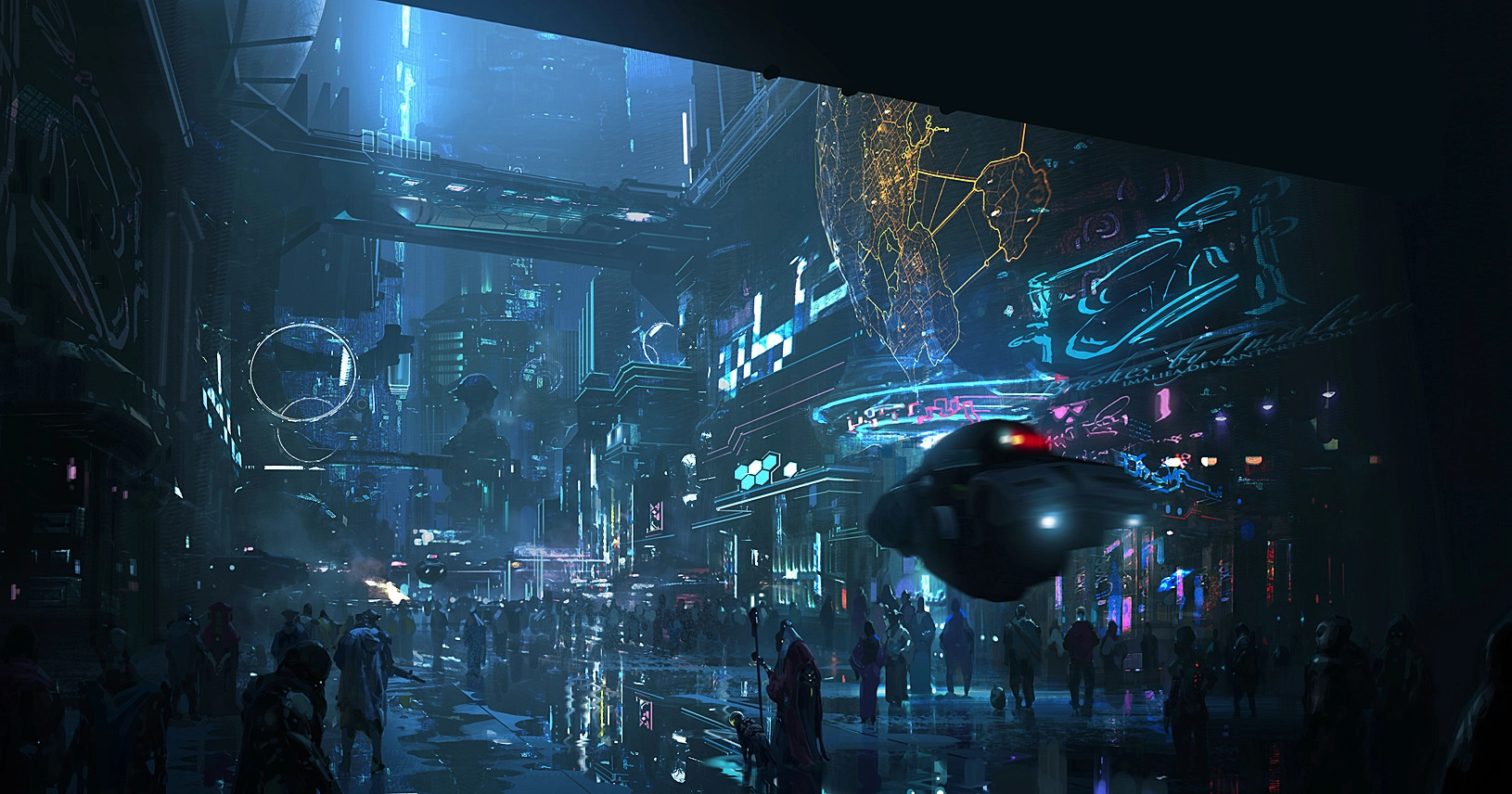At the beginning of the 21st century, humanity is facing enormous challenges. Climate change, resource scarcity and biodiversity loss characterise the ecological dimension of life.
The social dimension encompasses demographic change accompanied by the population explosion in developing countries and the increasingly aging society in industrialized countries. The results are social inequalities within society, manifesting in limited access to education, food, financial and health services. The UN 2030 Agenda sets out 17 Sustainable Development Goals (SDGs) to progressively improve living conditions for everyone on Earth. At radicant, we divide the SDGs into four major thematic blocks.
Climate Stability
Climate stability is at the top of the global political agenda. SDG 13 Climate Action outlines the measures needed to halt climate change and flatten the temperature curve. Given that energy production is the world's most significant emitter of greenhouse gases, particular attention is paid to SDG 7 Affordable and Clean Energy.
However, the choice of building materials and the mode of urban development also significantly impact greenhouse gas emissions. Therefore, advancing SDG 11 Sustainable Cities and Communities is also a key to achieving climate stability. Climate stability is not everything, but without climate stability, there is nothing.
 Healthy ecosystems: the basis for our livelihoods
Healthy ecosystems: the basis for our livelihoods
Biodiversity is the backbone of our entire food system. Without biodiversity, agricultural yields would sooner or later come under pressure and with them a significant share of economic value creation and the very foundation of humanity. Consequently, efforts to maintain healthy ecosystems are closely linked to promoting Life on Land, SDG 15 and Life under Water, SDG 14.
As humans, we directly impact the conservation of natural capital with our activities. Therefore, Responsible Consumption And Production Patterns, as targeted in SDG 12, are also central to this theme. Responsible consumption and production practices are those that refrain from the overexploitation of resources and shift to resource efficiency, avoiding waste and harmful substances. This group of SDGs related to healthy ecosystems is a prerequisite of all life on the planet.
Basic needs: human dignity at the center
"Human dignity is inviolable", a principle in many state constitutions. Hundreds of millions of people do not have enough resources to meet their basic needs. Many live below the absolute poverty line of $1 to $2 US dollars per day. The United Nations has therefore set SDG 1 No Poverty as its first and foremost goal. Many children, as well as adults, are malnourished and suffer from hunger. SDG 2, No Hunger is thus the second goal that the UN has set in the 2030 Agenda.
The third SDG is centered around Good Health and Wellbeing, SDG 3. Highlighting that the most common causes of death globally are still infectious diseases such as malaria, HIV, measles, Ebola and Sars. By increasing access to medicines and vaccines, especially in developing countries, companies and governments have a great deal of leverage when it comes to improving the lives of a population.
People suffer from thirst and hunger as they live together in confined spaces without sanitation and using contaminated water while at the same time, they do not have enough water to irrigate their fields. SDG 6 Clean Water and Sanitation is, therefore a fundamental requirement for the first three goals mentioned above. This underscores the fact that meeting the basic needs of all people on the planet is the central concern of the 2030 Agenda.
Societal progress: the (self-)empowerment of human beings
Man shall not live on bread alone is a biblical phrase that has become a proverb. Growth is in the inherent nature of humans. Societal progress has been a central and continuous endeavor of humankind over centuries. Quality Education, SDG 4, Decent Work and Economic Growth, SDG 8 are a means to an end for human development. Peace, Justice, and Strong Institutions, SDG 16, and Industry, Innovation, and Infrastructure, SDG 11, are its fundamental prerequisites.
Countering these are obstacles posed by inequality among people, especially when it comes to gender. SDG 5 Gender Equality and SDG 10 Reduced Inequalities are therefore central concerns for societal progress. Ultimately societal progress will only occur if all goals are pursued by the global community as aimed at in SDG 17 Partnership for the Goals. Taken together, these development goals ensure societal progress.
The Sustainable Development Goals are interconnected in many ways
The SDGs interact with each other on different levels. Meeting one may be a prerequisite for meeting another. For example, Quality Education, SDG 4 can lead to Decent Work, SDG 8 and thus to reduced poverty, SDG 1 and hunger, SDG 2. In most cases, there is a positive feedback loop between SDGs.
Using the example above, this would mean that less hunger (SDG 2) would lead to people being able to take care of their education (SDG 4). However, some SDGs are actually in conflict with each other. The more people consume, the more pressure is put on ecosystems. Nevertheless, the four clusters described above are one way of grouping the SDGs so that they are aligned with the major challenges of our time. They also fit thematically and are therefore more tangible. However, other groupings are also conceivable. What do you think? Let us know in the comments how we could improve it.
